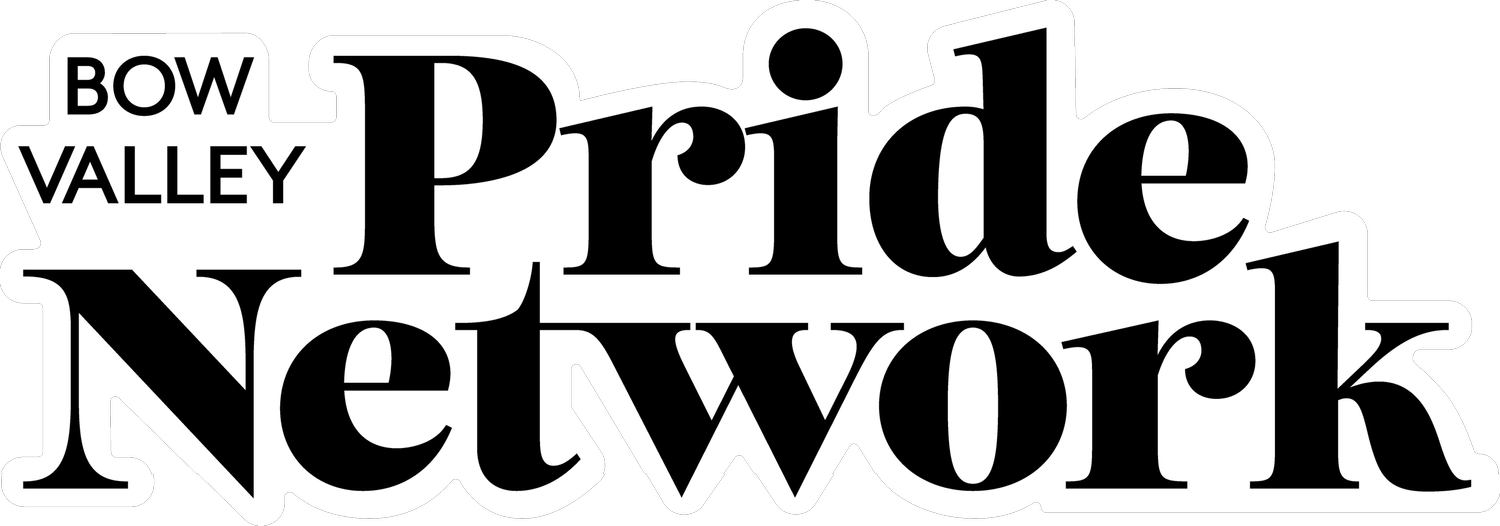Strategic Planning for Entrepreneurs: Why You Need One and How to Start
If you are a business owner or aspiring entrepreneur in Banff, Canmore, or the Bow Valley, you likely already understand the importance of creativity, community, and adaptability. But to move beyond the start-up phase and into meaningful growth, you need something more, an intentional strategy.
That is where a strategic plan comes in. It does not replace your business plan or feasibility study. Instead, it builds on both, helping you clarify your long-term goals, align your actions with your mission, and adapt with purpose as conditions change.
Whether you are running a solo venture or managing a growing team, strategic planning gives your business direction and momentum.
What is a Strategic Plan?
A strategic plan is a long-range roadmap that outlines where you want your business to go and how you plan to get there. It typically covers a 3 to 5-year horizon and answers big-picture questions like:
What is our vision for the future?
What are the key goals and objectives that will get us there?
What challenges and opportunities should we prepare for?
How will we prioritize and resource our efforts?
Unlike a business plan, which focuses on starting and operating your business, a strategic plan focuses on evolving and expanding it.
Feasibility Study vs. Business Plan vs. Strategic Plan: What’s the Difference?
These three documents serve different but connected purposes at various stages of your entrepreneurial journey.
A feasibility study is your first step. It helps you determine whether your business idea is viable before you invest significant time or money. It answers questions like: Is there a real market for this? Can I realistically deliver the product or service? What risks might prevent me from succeeding? A feasibility study is ideal during the early stages of concept development, especially before launch.
A business plan is typically created once you have validated your idea and are ready to launch. It outlines how your business will operate day to day and includes sections like marketing, operations, team structure, financial planning, and funding needs. A business plan is essential when applying for grants, loans, or startup funding, and it serves as your guide during the first few years of operation.
A strategic plan comes into play once your business is up and running. It looks further ahead, usually three to five years and sets a long-term vision for growth. It helps you define goals, set priorities, manage resources, and adapt to changing conditions. Strategic planning is especially important when you are scaling, restructuring, or refocusing your business.
While each plan serves a different purpose, they should be connected. A well-researched feasibility study will strengthen your business plan. A clear business plan provides the foundation for an effective strategic plan. As your business evolves, these documents can be updated and used together to guide informed decision-making.
How to Start Writing Your Strategic Plan
Here is a breakdown of how to develop your strategic plan using the Bow Valley Pride Network’s adapted template:
1. Executive Summary and Introduction
Summarize the plan's purpose, the process used to create it, and who was involved. Explain if this is your first strategic plan or an update.
2. Business History
Briefly describe when your business was established, your legal structure, and major milestones. This helps ground your strategy in context.
3. Mission and Vision
Your mission describes your purpose today. Your vision describes what you want to become in the future, ideally 5 to 7 years from now.
4. Environmental Scan
Identify external factors that may influence your business. This could include tourism trends, shifts in government funding, or regional economic pressures in the Bow Valley.
5. SWOT Analysis
Assess your business’s Strengths, Weaknesses, Opportunities, and Threats. This is the foundation for your strategic goals.
6. Goals, Objectives, and Strategies
For each goal, list:
Objectives: measurable outcomes you want to achieve
Strategies: the actions and initiatives you will take
Timeline: when you expect to complete them
Resources Needed: people, funding, tools
For example:
Goal: Expand reach to 2SLGBTQIA+ tourists
Objective: Increase social media engagement by 50% within 12 months
Strategy: Launch a targeted campaign with local queer influencers
Timeline: Q3 2025
Resources: Marketing budget, content creators, analytics tools
7. Linked Plans
Strategic plans are often supported by sub-plans. These may include:
A marketing plan
A human resources plan
A technology or systems plan
A financial plan
Ensure each plan aligns with your strategic goals.
8. Review and Accountability
Set a regular review schedule (e.g. quarterly or annually). Use your plan to stay on track, respond to changes, and measure progress.
Tools and Support to Help You Build Your Strategic Plan
You do not have to do this alone. Several resources are available to support entrepreneurs in the Bow Valley:
SMARTstart Program (Bow Valley Pride Network): Free workshops and coaching for 2SLGBTQIA+ entrepreneurs at all stages of business growth.
Community Futures Centre West: Offers support for business expansion planning, especially for rural entrepreneurs.
Business Link Alberta: Provides guides, templates, and one-on-one support.
BDC Strategic Planning Toolkit: Offers detailed templates and industry-specific advice at bdc.ca.
Plan with Pride
Strategic planning is about being proactive, not reactive. It helps you grow with purpose, stay grounded in your mission, and respond confidently to change. Whether you are building a queer-owned café, scaling your art practice, or advocating through a social enterprise, a clear strategic plan helps you stay aligned and accountable.
Apply to the next SMARTstart cohort for hands-on support
pridenetwork.ca/smartstart
Follow us on LinkedIn: Banff Pride
